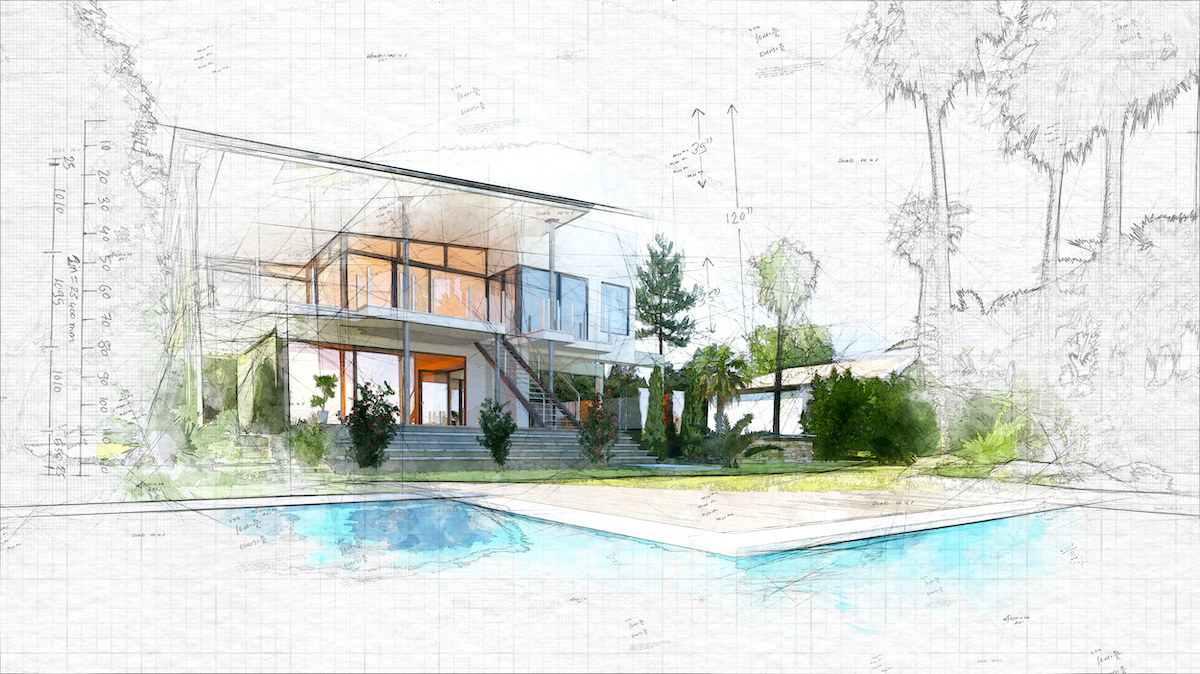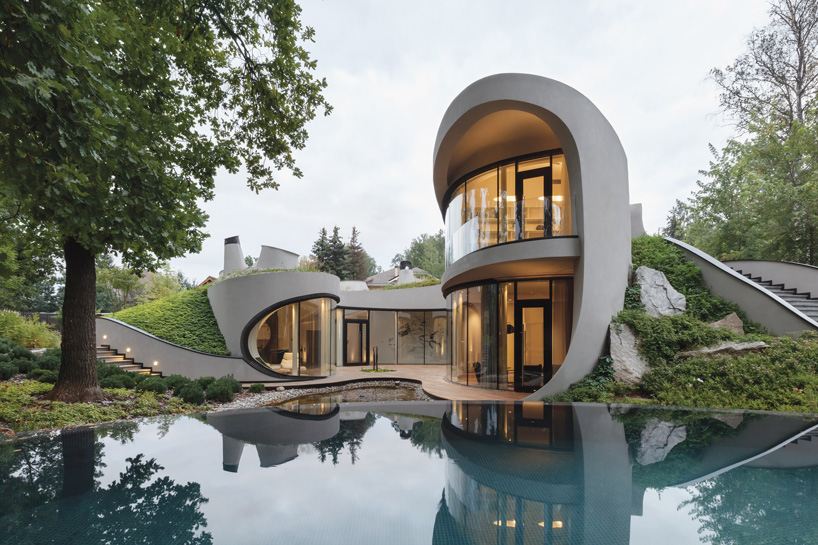Top Factors to Choose CDA Architects for Your Residential or Commercial Layouts
Top Factors to Choose CDA Architects for Your Residential or Commercial Layouts
Blog Article
Comprehending the Collaborative Process Between Architects and Designers in Modern Building And Construction Projects
The joint process in between designers and designers is essential in modern-day building projects, as it integrates style intent with design usefulness. Checking out these characteristics reveals understandings that could dramatically impact project results and general market standards.
The Value of Partnership
The collective harmony in between designers and engineers is necessary for the successful awareness of any type of construction project. This collaboration brings with each other distinct know-how and perspectives, allowing the combination of cutting-edge design with sensible design remedies. By collaborating, architects and designers can ensure that a task not just meets aesthetic and practical requirements yet also abides by safety, sustainability, and financial constraints.
Partnership fosters a shared vision, promoting the placement of objectives and expectations from the outset. This placement is vital in resolving prospective challenges and mitigating threats that could occur during the task lifecycle. In addition, a joint method enables the effective appropriation of sources, maximizing both time and expense.
The relevance of collaboration expands to the iterative procedure of layout and construction, where comments from designers can inform building decisions, causing more possible and sustainable layouts. Alternatively, engineers can inspire engineers to believe artistically concerning just how to attain structural stability without compromising artistic intent. Eventually, the collaborative relationship between architects and designers is not merely useful; it is fundamental to the production of premium, practical, and cutting-edge built environments that meet the demands of society.
Communication Techniques and Tools
Efficient interaction techniques and devices are important for fostering collaboration between designers and designers throughout the task lifecycle. Establishing clear networks of communication is important to ensure that all team members are lined up with job objectives, timelines, and responsibilities. Routine conferences, both in-person and digital, provide opportunities for stakeholders to go over progression, address problems, and make informed choices.
Making use of project management software program, such as BIM (Building Details Modeling) platforms, enhances cooperation by allowing real-time sharing of design modifications and technical specifications. These devices assist in openness, permitting engineers and designers to picture changes and evaluate their effect on the total task.

Shared Objectives and Project Vision

Developing shared objectives involves open dialogue and a comprehensive understanding of each discipline's contributions. Architects usually concentrate on design intent, spatial partnerships, and individual experience, while designers stress architectural honesty, systems performance, and compliance with policies (cda architects). When these viewpoints are straightened, the outcome is a cohesive task that go to this website complies with both creative desires and technological feasibility
Additionally, a well-defined project vision cultivates liability amongst group participants, motivating each individual to take possession of their function in accomplishing the desired outcome. Normal check-ins and joint workshops can better reinforce this dedication, permitting changes to be made as the job evolves. Eventually, a shared vision not only boosts team effort yet likewise elevates the top quality of the final deliverable, leading to effective project completion.
The Duty of Technology
Leveraging click technology has actually come to be crucial in enhancing partnership between engineers and designers. The integration of advanced software application devices assists in real-time interaction and details sharing, making it possible for teams to work more effectively and successfully. Building Information Modeling (BIM) attracts attention as a critical modern technology, permitting both architects and designers to develop comprehensive 3D versions that envelop style intent and structural stability. This shared graph lessens misunderstandings and improves the decision-making process.
Furthermore, cloud-based systems allow seamless cooperation, allowing project stakeholders to gain access to and update task information from anywhere. This cultivates a society of openness and responsibility, as changes can be tracked and assessed in real-time. In addition, mobile applications more boost communication, providing on-site teams with immediate accessibility to task requirements and updates.
Arising innovations such as expert system and artificial intelligence are likewise starting to play a function in predictive analysis, aiding groups identify possible issues before they arise. Ultimately, the function of innovation in architecture-engineering collaboration not only improves workflow efficiencies however additionally boosts advancement, bring about even more effective project end results. By accepting these technological developments, architects and engineers can make sure a much more cohesive and efficient joint process throughout the building lifecycle.
Study in Effective Collaborations
Numerous situation researches highlight the extensive impact of effective collaborations between engineers and engineers on task More about the author outcomes. One noteworthy instance is the partnership on the High Line in New York City, where landscape engineers, engineers, and urban planners collaborated to change an abandoned railway into a vibrant public park. This multidisciplinary approach not just enhanced the aesthetic quality however likewise made certain architectural safety and security and ecological sustainability.
An additional excellent case is the design and building and construction of the Sydney Concert Hall. The collaboration in between engineer JÃ ¸ rn Utzon and structural designer Ove Arup exemplified cutting-edge analytic. Their collaboration permitted for the iconic shell-like layout while dealing with intricate engineering difficulties, inevitably bring about a classic building work of art.
The Burj Khalifa in Dubai additionally demonstrates the relevance of joint efforts. cda architects. The assimilation of style and design knowledge made it possible for the task group to accomplish unprecedented elevations while adhering to safety and security policies and visual vision
These instances emphasize the importance of interaction, depend on, and shared objectives. In today's intricate building setting, such partnerships are important to navigating challenges and delivering jobs that fulfill both practical and visionary objectives.
Conclusion
Finally, the collaboration in between architects and designers is crucial for the success of modern building jobs. Efficient communication techniques, a common job vision, and the assimilation of sophisticated modern technologies are essential components that promote this partnership. By fostering a society of responsibility and leveraging tools such as Building Info Modeling (BIM), teams can browse task complexities, making sure that visual, practical, and sustainability objectives are achieved. Inevitably, this harmony brings about ingenious and effective project outcomes.
Report this page